04 December 2011
Bread Making
Right after the failure of my first collaborative kitchen project with Mr. Instant Yeast, I decided to give my first time partner and myself a second chance. I mean, I wasn't expecting a super wonderful pizza crust, but I didn't expect it to be that bad. I think if I tried to bite anymore of the brick hard pizza crust, my teeth would start chipping. So, picking myself up, I rolled up my sleeves and made myself some dough to knead.
Now, I always thought making bread was best left to the experts and it was truly a little daunting for this amateur baker. There were those stories I read about failed attempts at making bread and how tricky it was to work with yeast. But I didn't want to just surrender at my first try! And I'm very glad I didn't! Because I'm just so addicted to making my own bread right now (read: many many more bread related posts coming up!).
The first bread recipe (not pictured) I tried was a very simple and basic one that I googled. No butter, no milk, no eggs. It even uses only all-purpose flour instead of bread flour. It was just yeast, flour, sugar and water. Honestly, I don't remember the recipe at all, nor do I actually remember how the bread tasted. But I remember it being a more angmoh bread: quite dense and compact, something close to what Carrefour calls "rustic loaf".
I don't think Mr. Instant Yeast fully exhibited his capabilities in this second collaborative effort, but at least it was quite successful in comparison to my poor pizzas. I vaguely recall slathering homemade lemon curd on some toasty slices of soft white bread. This could really work out! So I set out on making bread every week, trying different recipes and from various sources, just to find the perfect go-to recipe and to get the hang of making bread.
I did lots of reading on bread making, looking at recipes and tips and tricks of making bread by hand. Probably the most I've studied in quite some time. Since I frequent the Japanese bakery, Provence quite often and cannot get enough of their pillowy soft buns and breads, I decided to turn to Japanese sources for guidance. A quick search on Cookpad (in Japanese) yielded numerous recipes that promised fluffy, soft white bread and I also chanced upon a site that provided detailed step-by-step instructions to making all sorts of bread by hand, accompanied by pictures no less.
The first Japanese recipe I turned to was from Cookpad, though I actually used the step-by-step instructions here to create a 山形 (yama-gata) or mountain-shape loaf. It is so named because the dough is divided into (most commonly, but not limiting to) 3 portions while shaping and then put side by side to let rise in a loaf pan. The resulting 3 mounds are thus thought to resemble mountain ranges and more specifically (I think) the Chinese character or kanji, 山 (yama).
The loaf in the picture is only two-thirds of the "mountain" as one part of it has been pinched by my uncle before I took the picture. It was better than my very very first loaf of bread, but well, still not enough.
Then, I chanced upon the 湯種 (yu-tane) or tangzhong or water roux method. This particular yu-tane recipe involves cooking some flour with water into a roux and adding it into the dough. Weirdly enough, although the link mentions the method to be "Japanese", most Japanese yu-tane bread recipes I found simply add hot water to flour at a much higher flour to water ratio to make a "cooked dough" (like this one) instead of cooking a roux. In the spirit of experimentation, I tried both types of yu-tane methods, just to make a comparison.
I tried this recipe first and literally "spiced" things up a bit by using half the dough to make cinnamon pull-apart buns. Although texture wise, it was better than the yama-gata loaf bread, it could still be a bit fluffier, methinks. The cinnamon buns were great when warmed and toasty as that's when the bread is the softest. Otherwise, the "crust" was a little more chewy and slightly hard, a little like a soft pretzel.
The other yu-tane method however, was quite brilliant. Of all the recipes I've tried (which is only about 5), it yielded the softest and fluffiest result. The bread also stayed soft for the longest period of time (also because there was more bread to begin with).
The recipe is for a cranberry, black sesame bread, which I think is a really nice combination. I especially love the fragrance of the black sesame when the loaf was baking. I had my bread with a slathering of cream cheese and a drizzle of honey but the bread is good on its own or just with some butter.
Of course I couldn't resist mixing things up a bit by using a portion of the dough to make a black sesame swirl bread. All I did was to roll out the dough and spread on some black sesame paste and then rolling it and putting it in the loaf pan to let rise the second time.
It's been 2 months since my first "successful" attempt at baking bread, I've come to realise making bread is not the hardest thing in the world to do, so if I could do it, you should be able to too.
I (seem to) have gotten the hang of working with Mr. Instant Yeast, knowing his working temperaments and his working temperatures little by little. Now I just have to work on my consistency and our chemistry. More baking to go!
Subscribe to:
Post Comments (Atom)



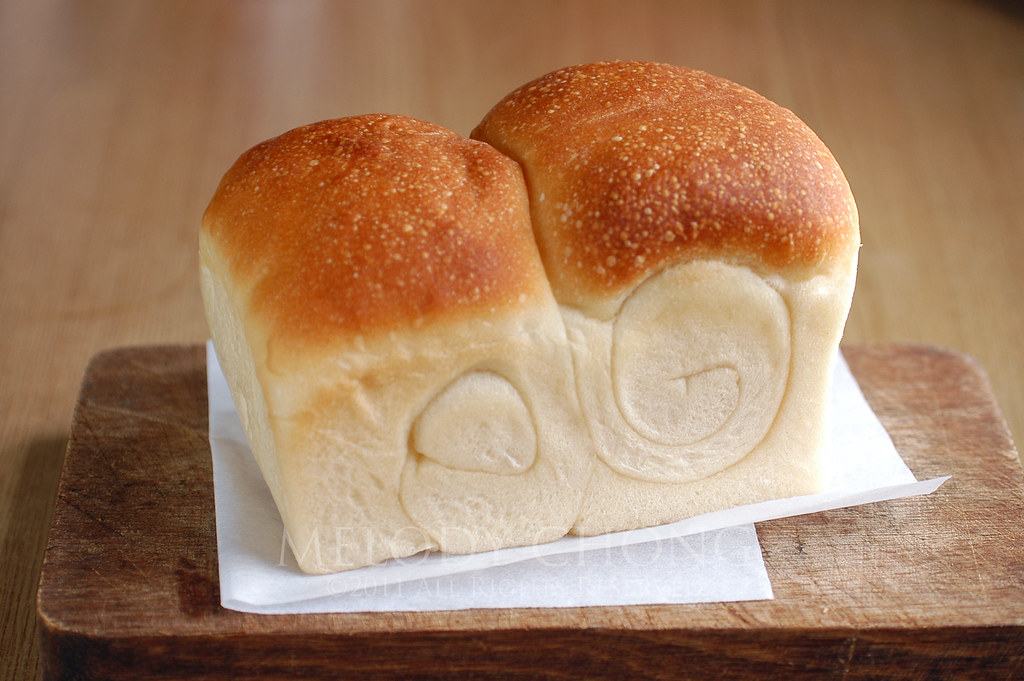
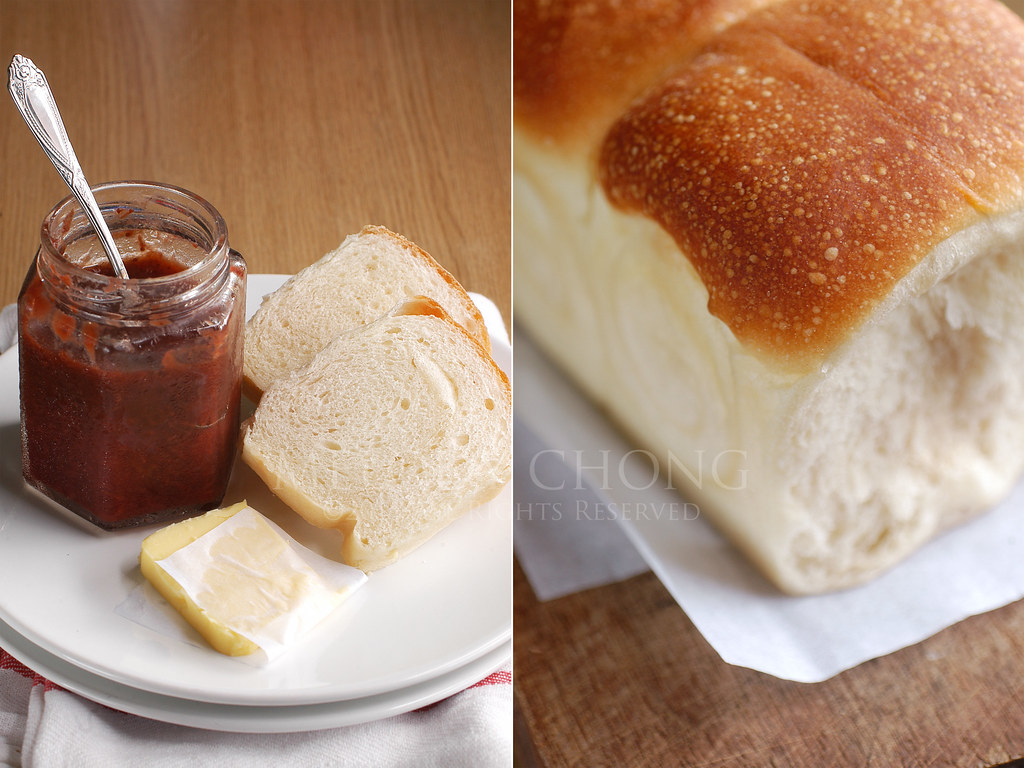

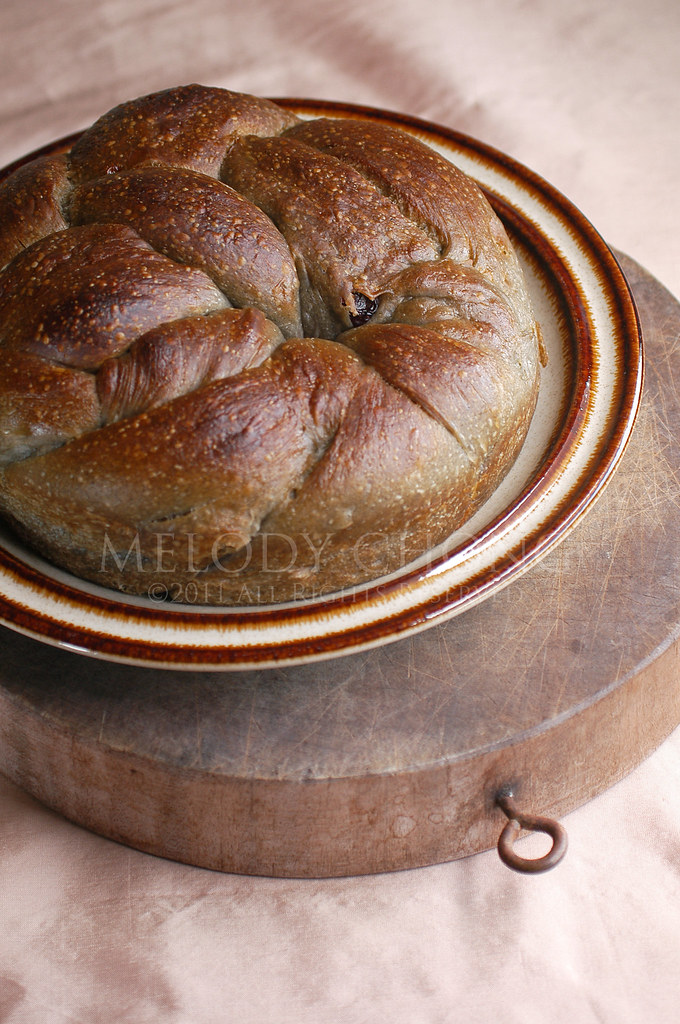

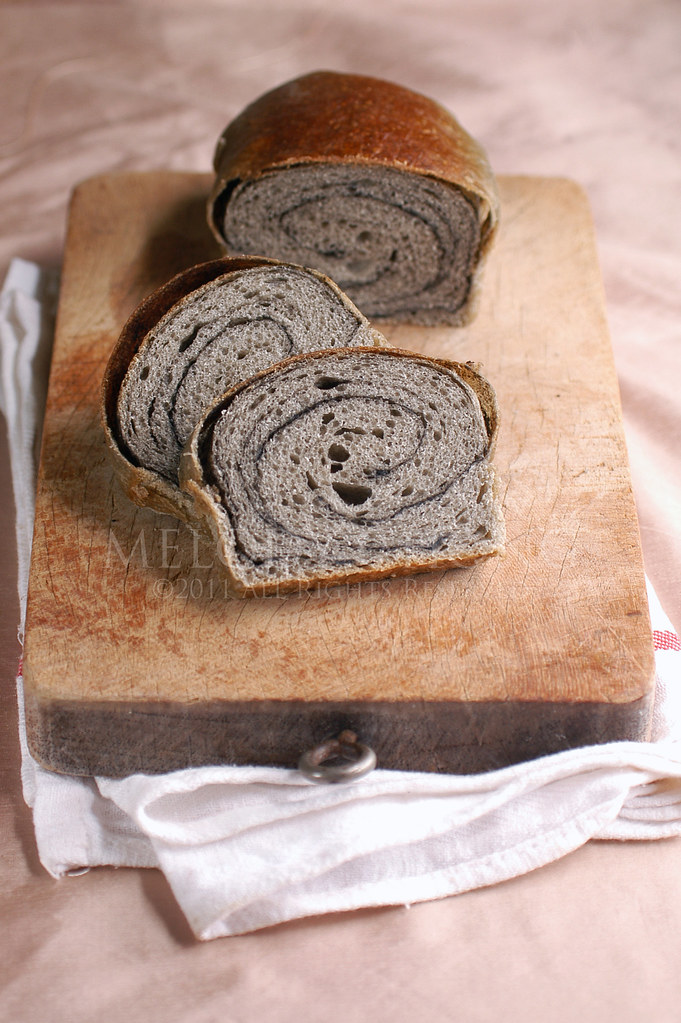
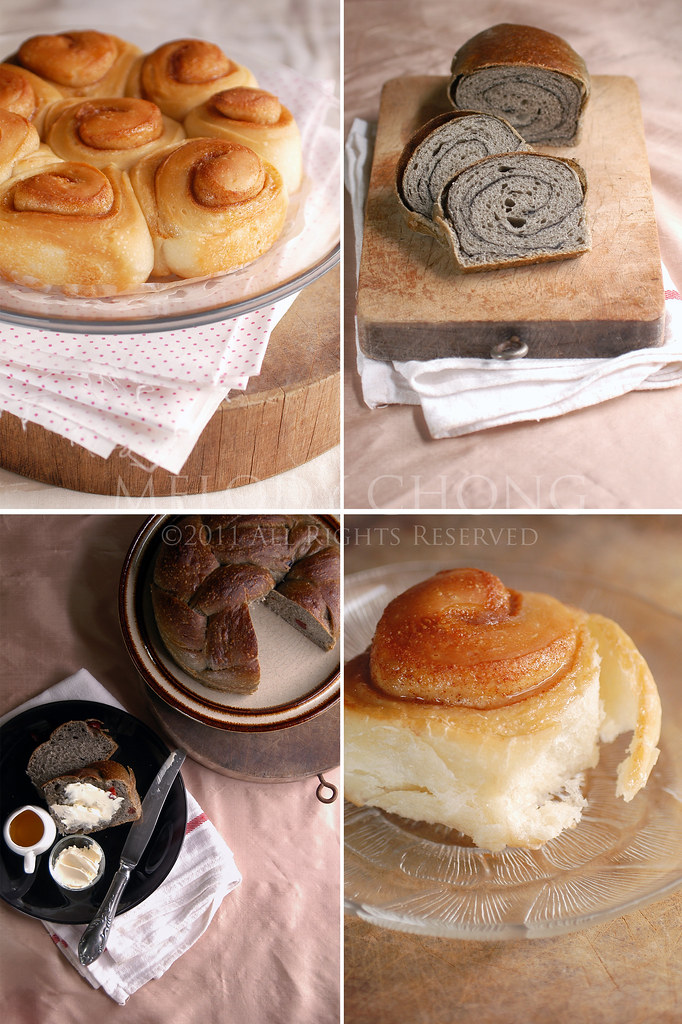
No comments:
Post a Comment